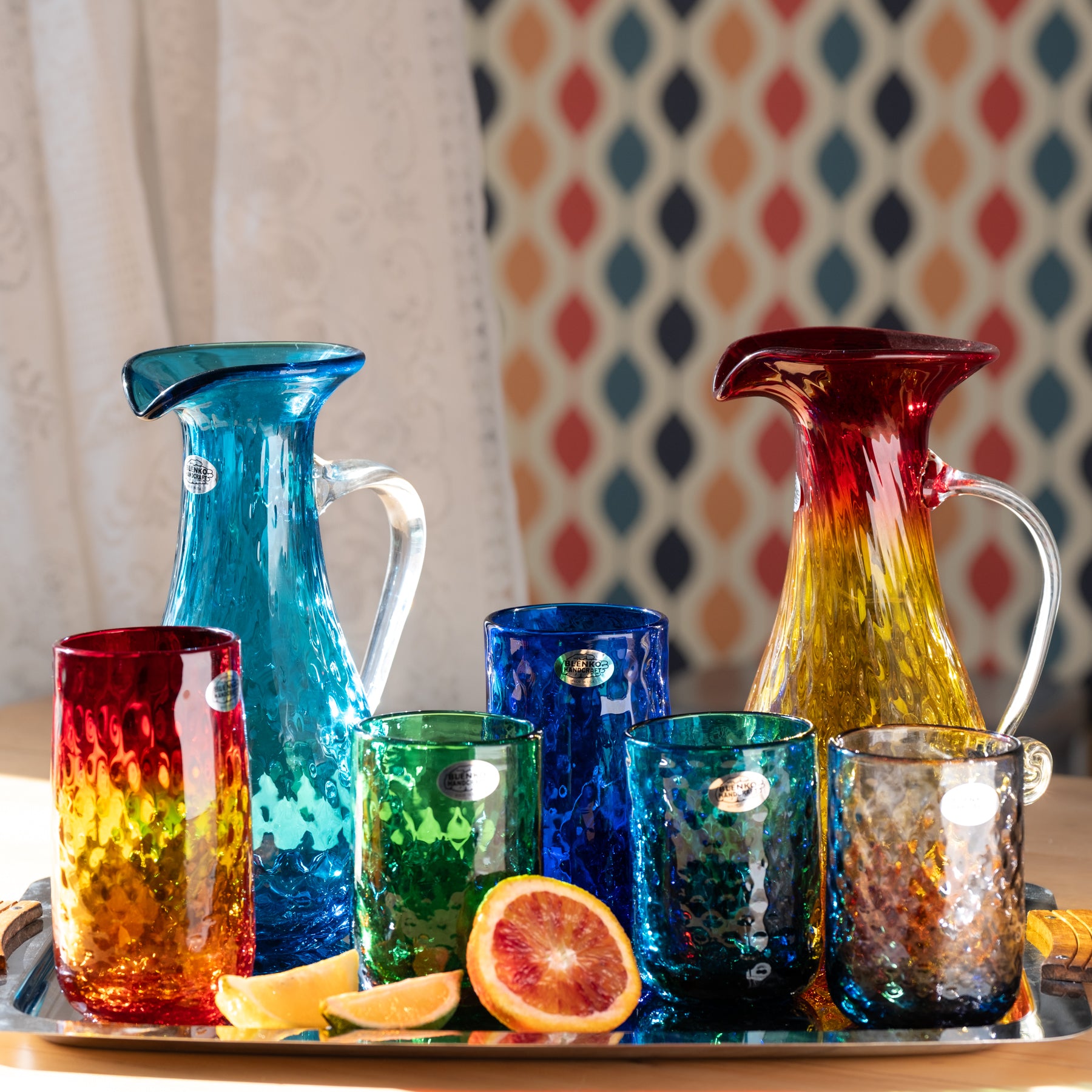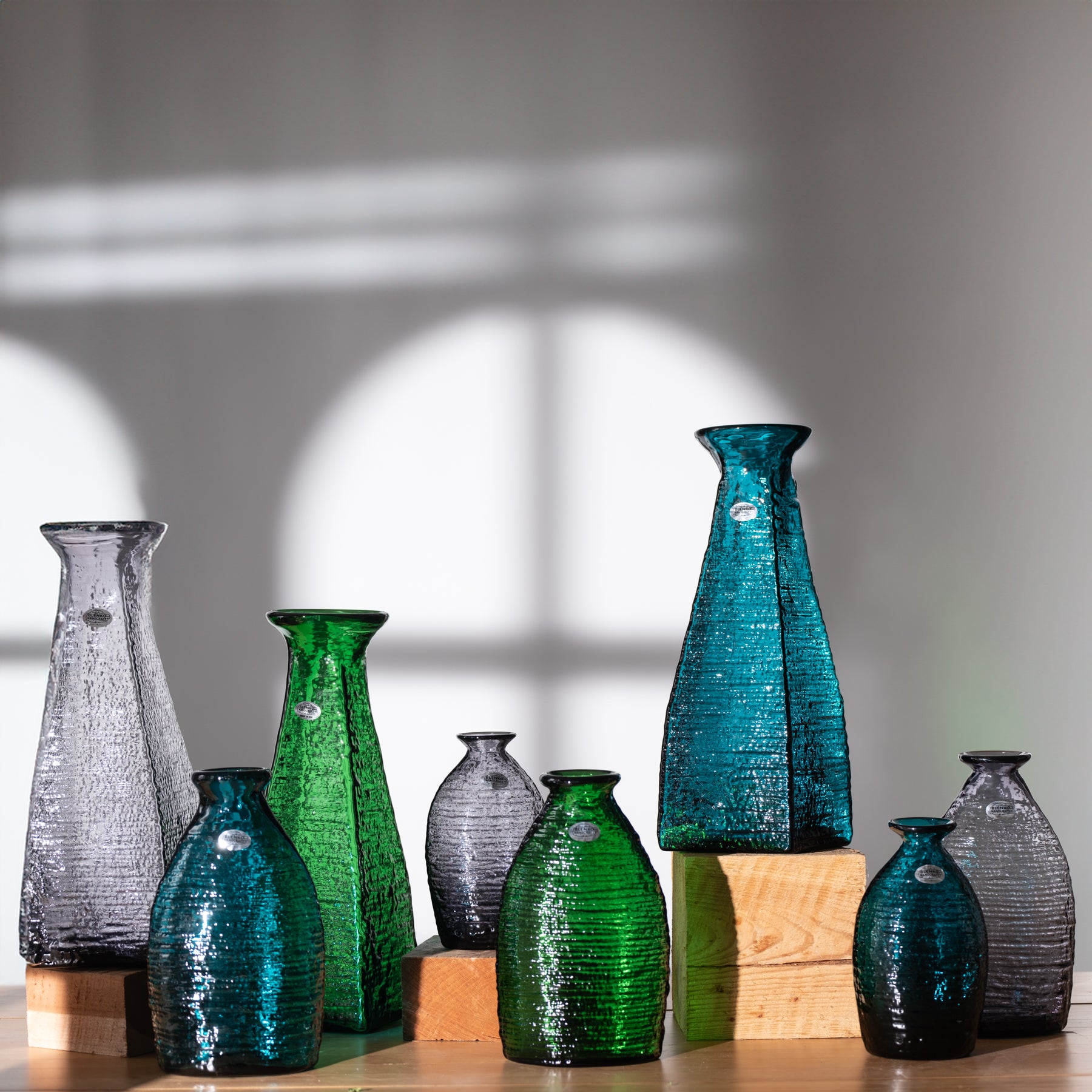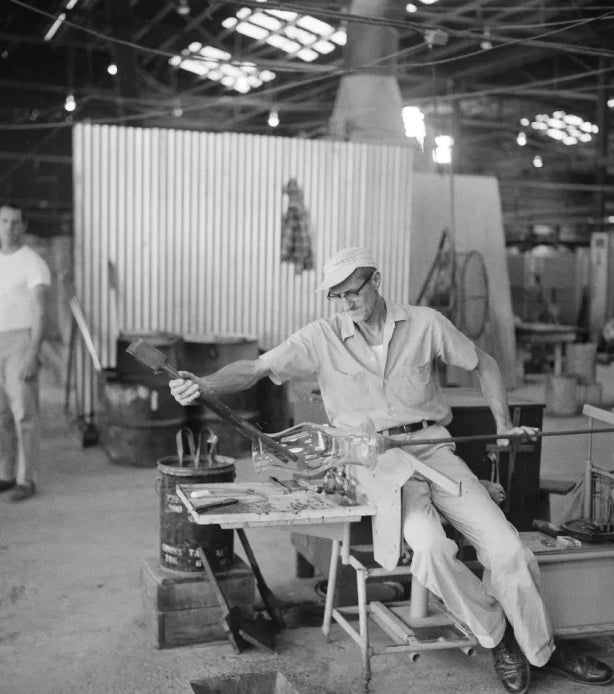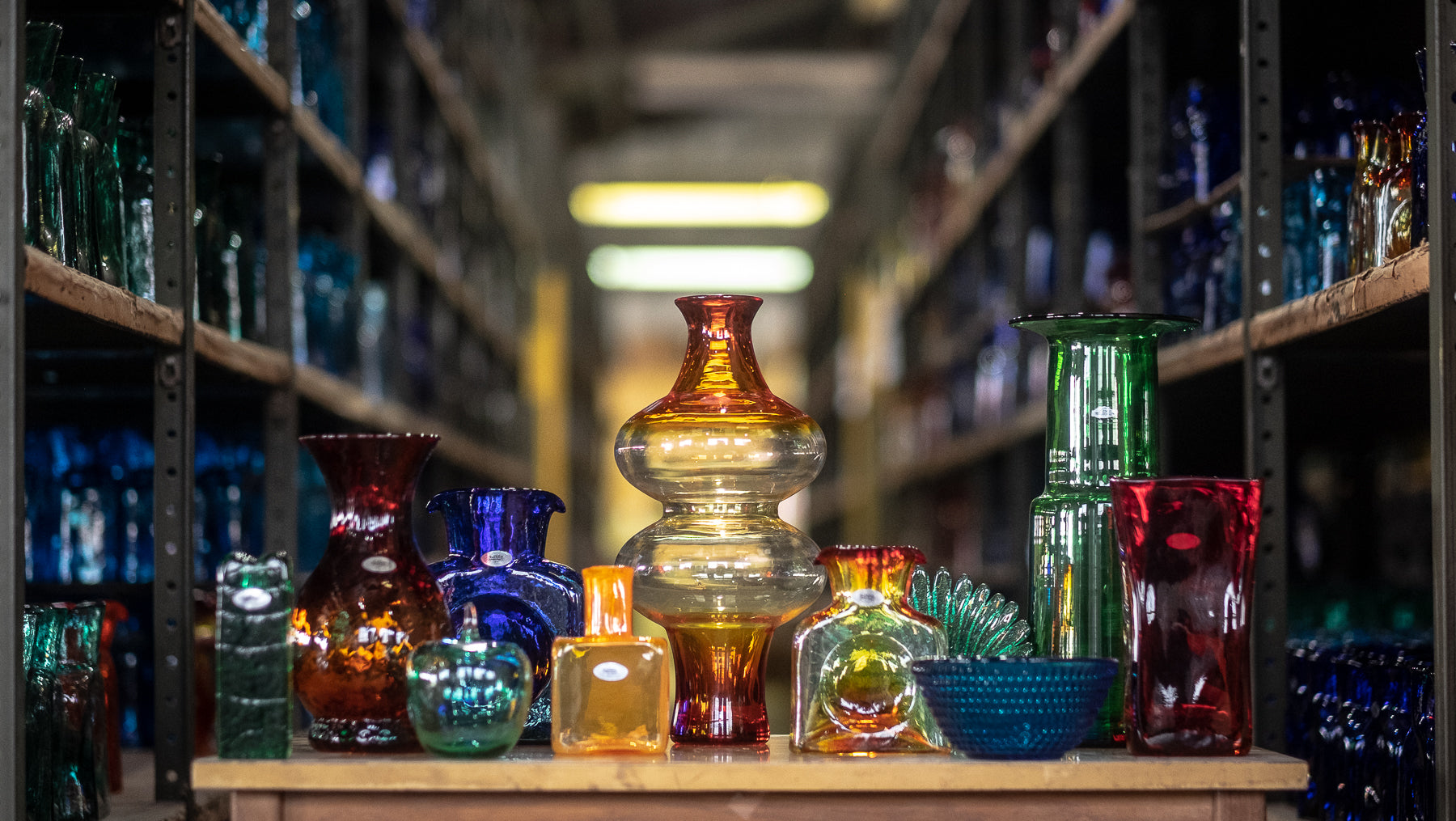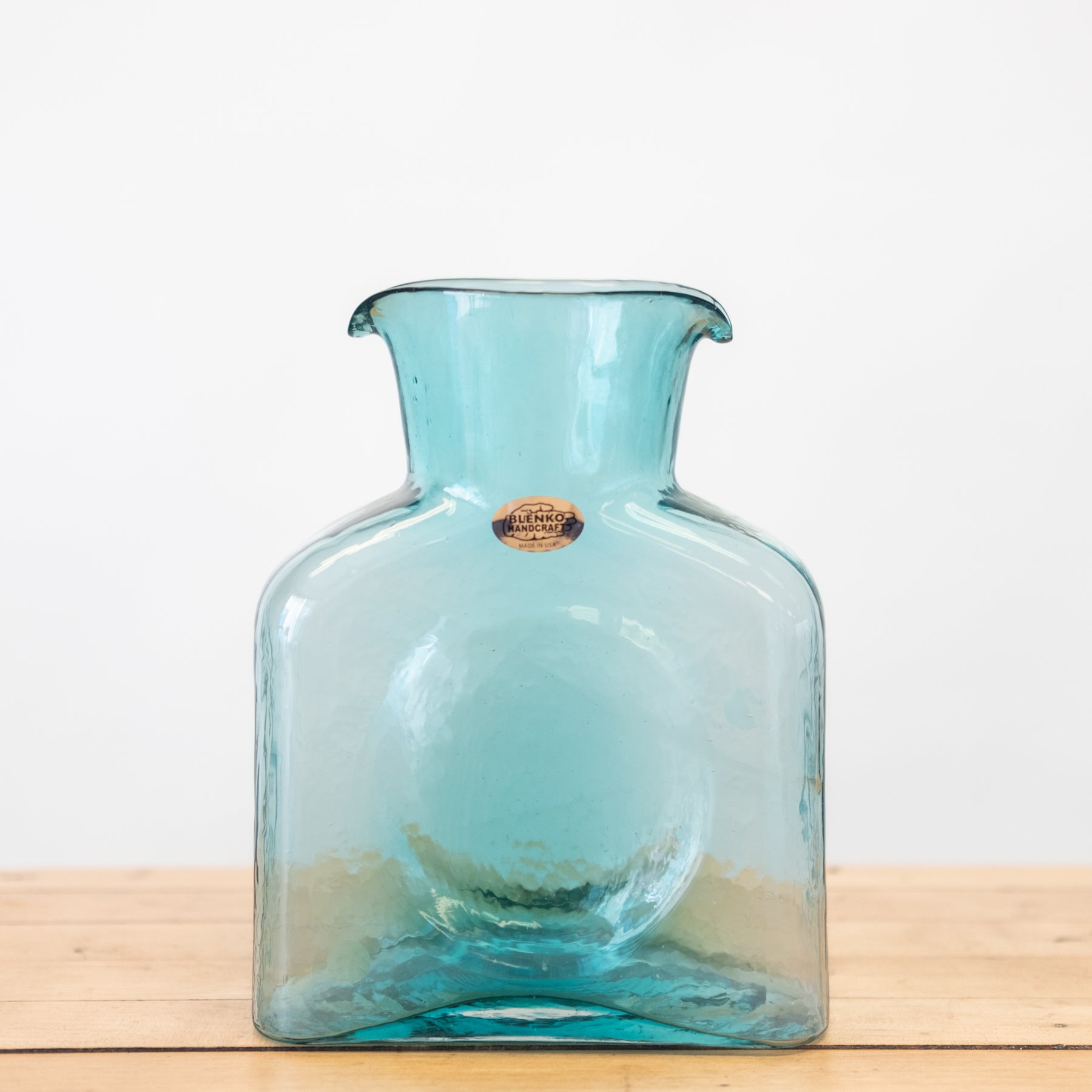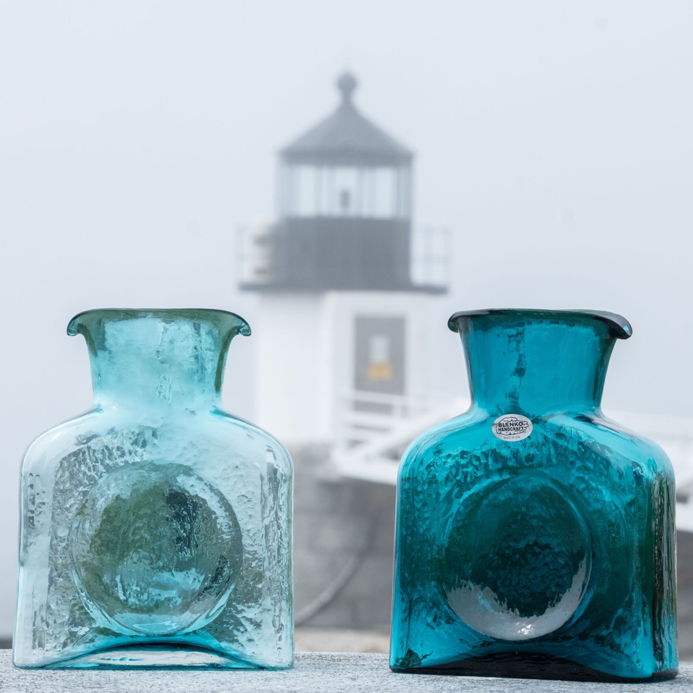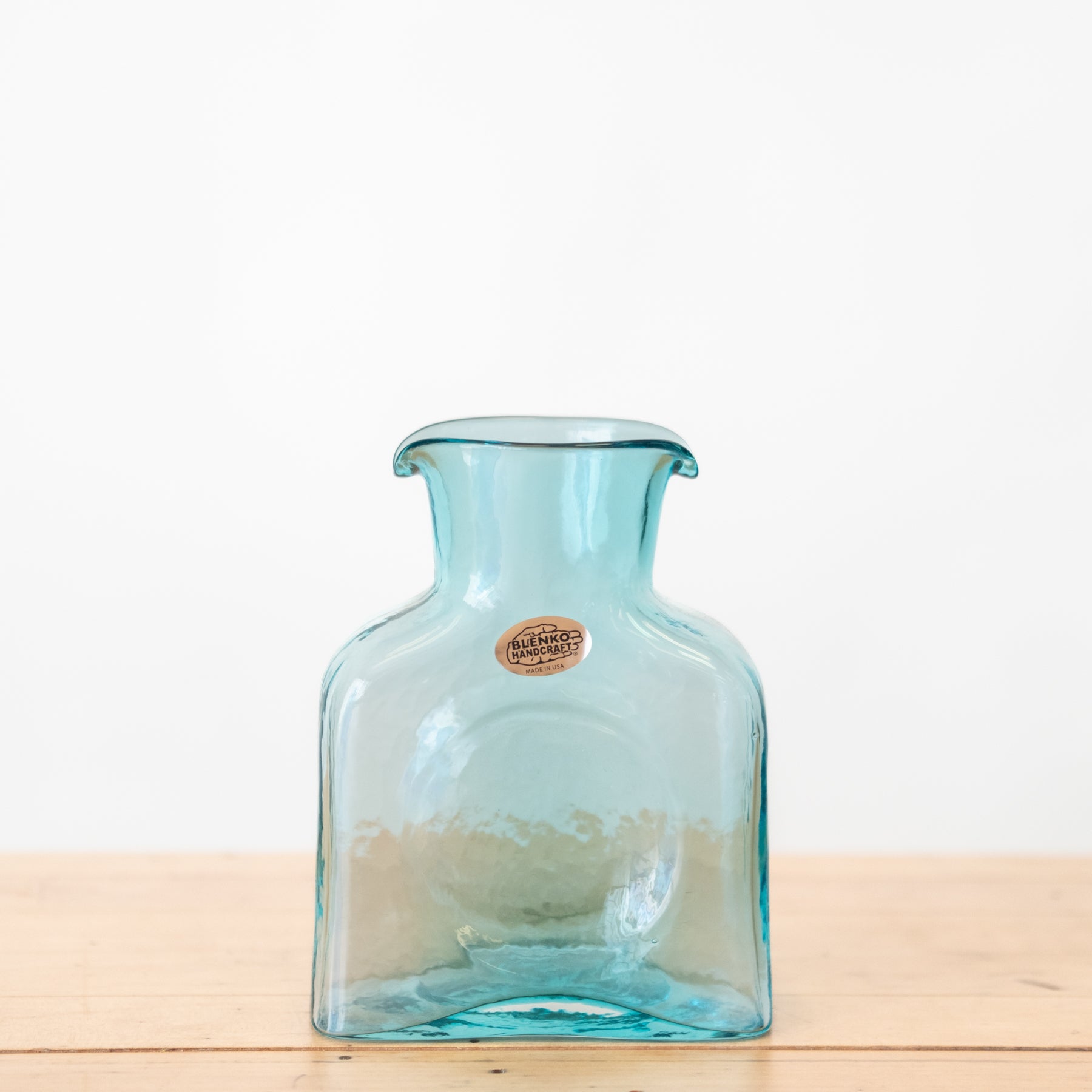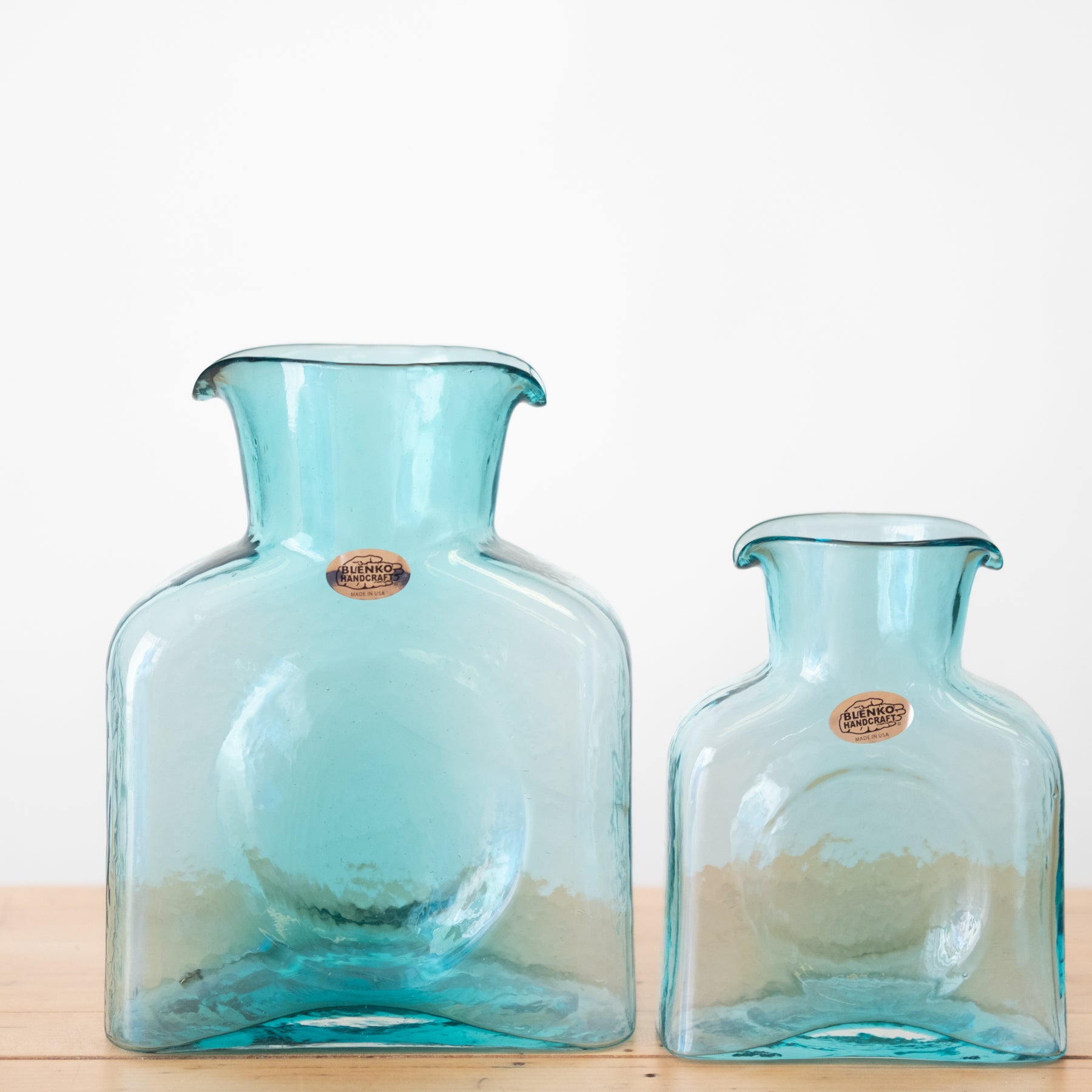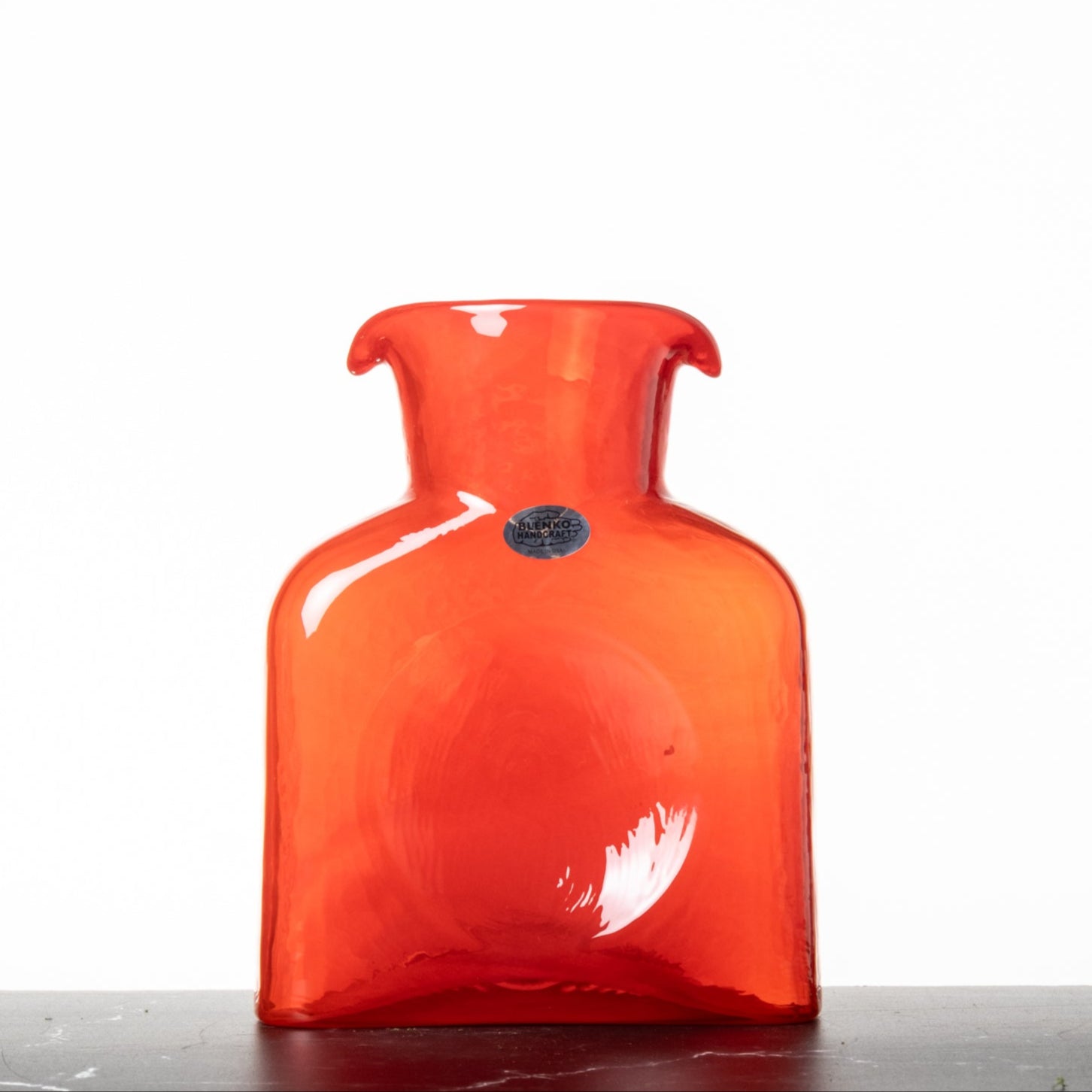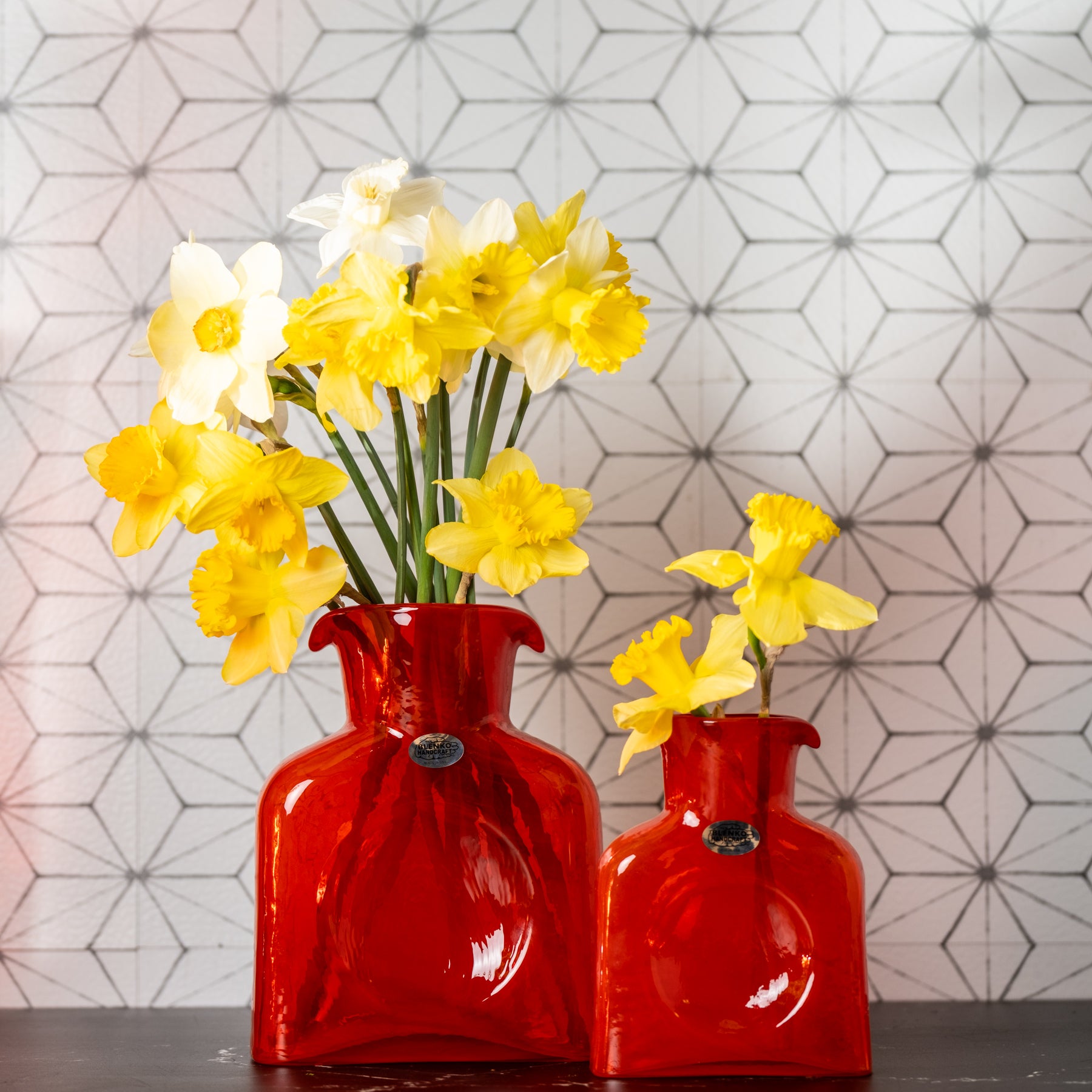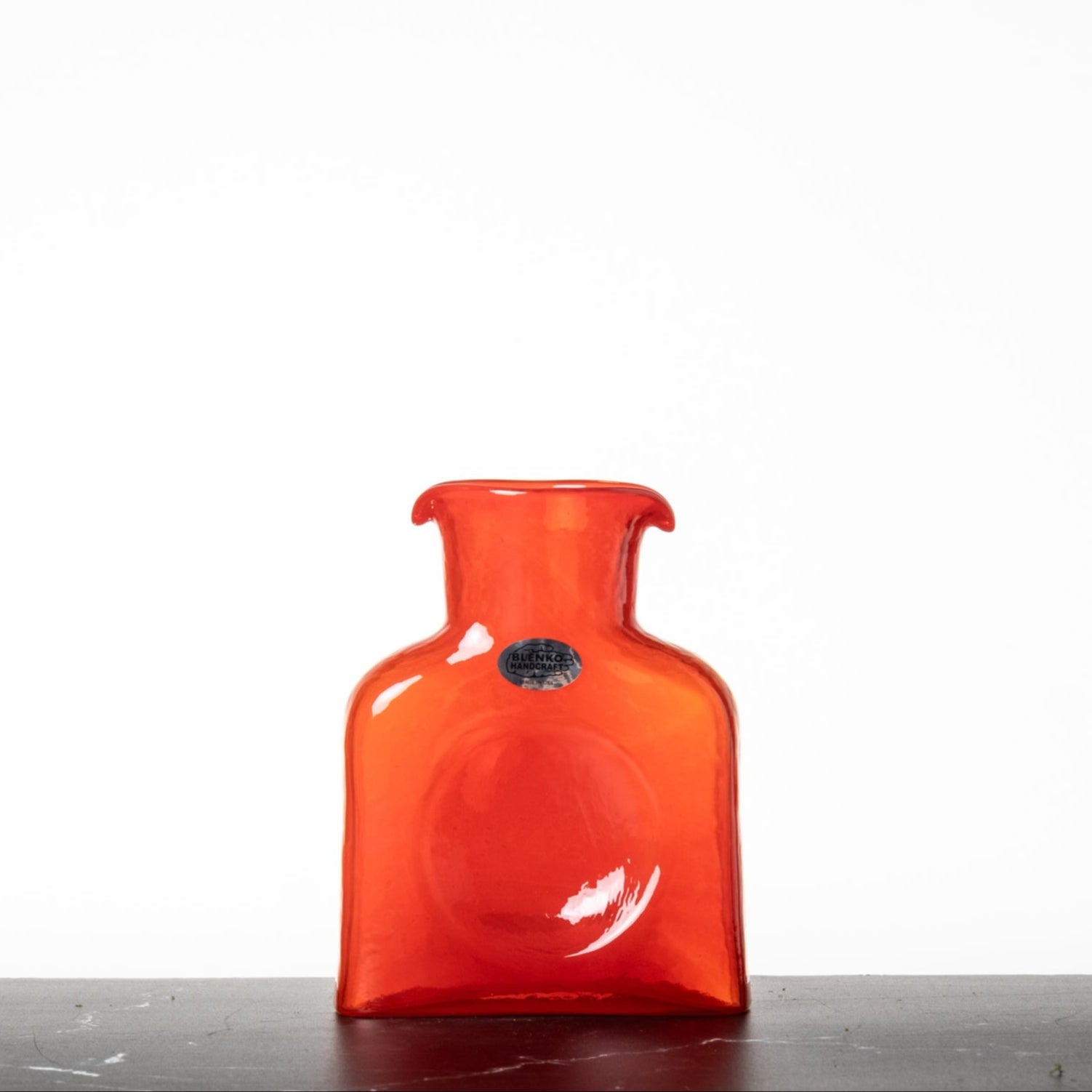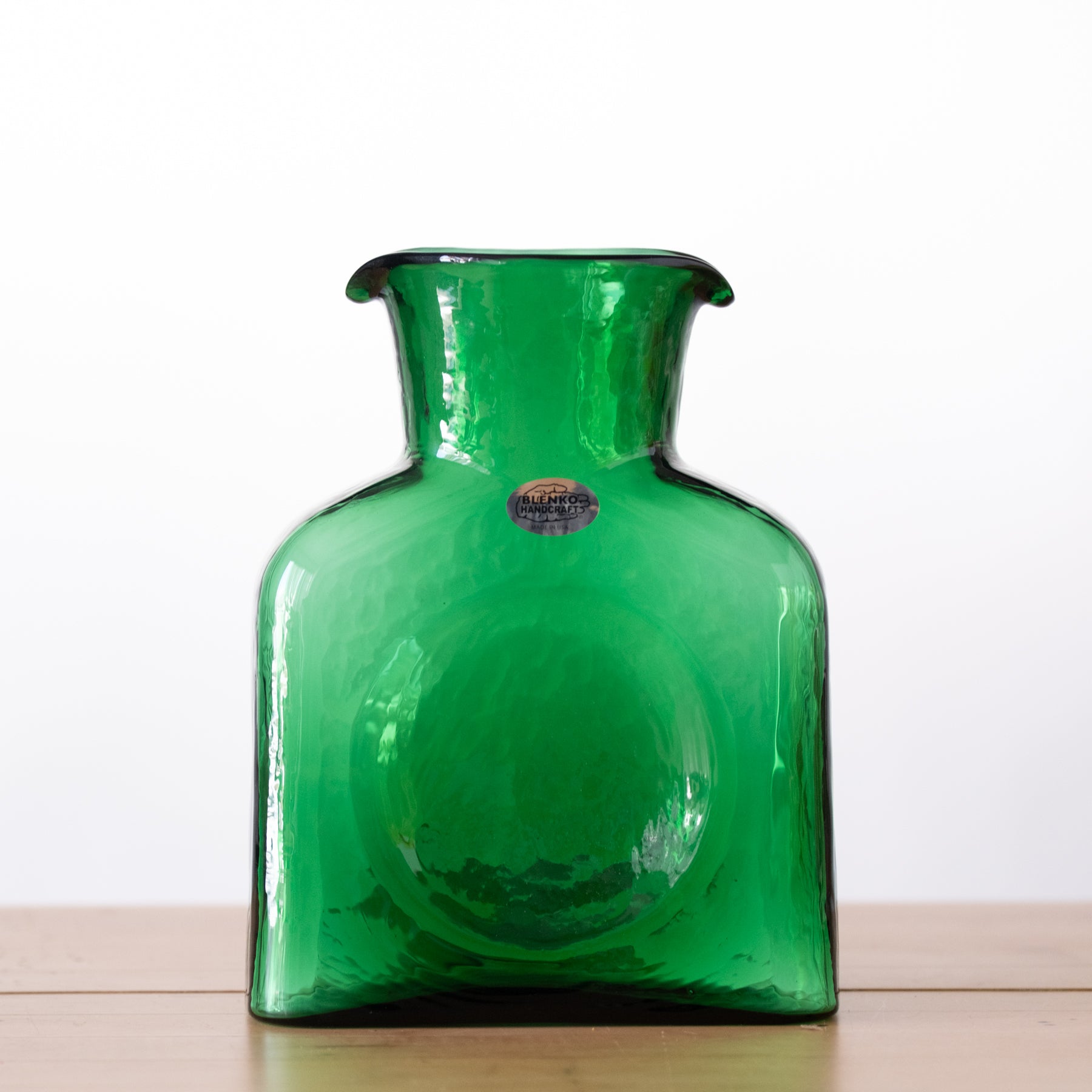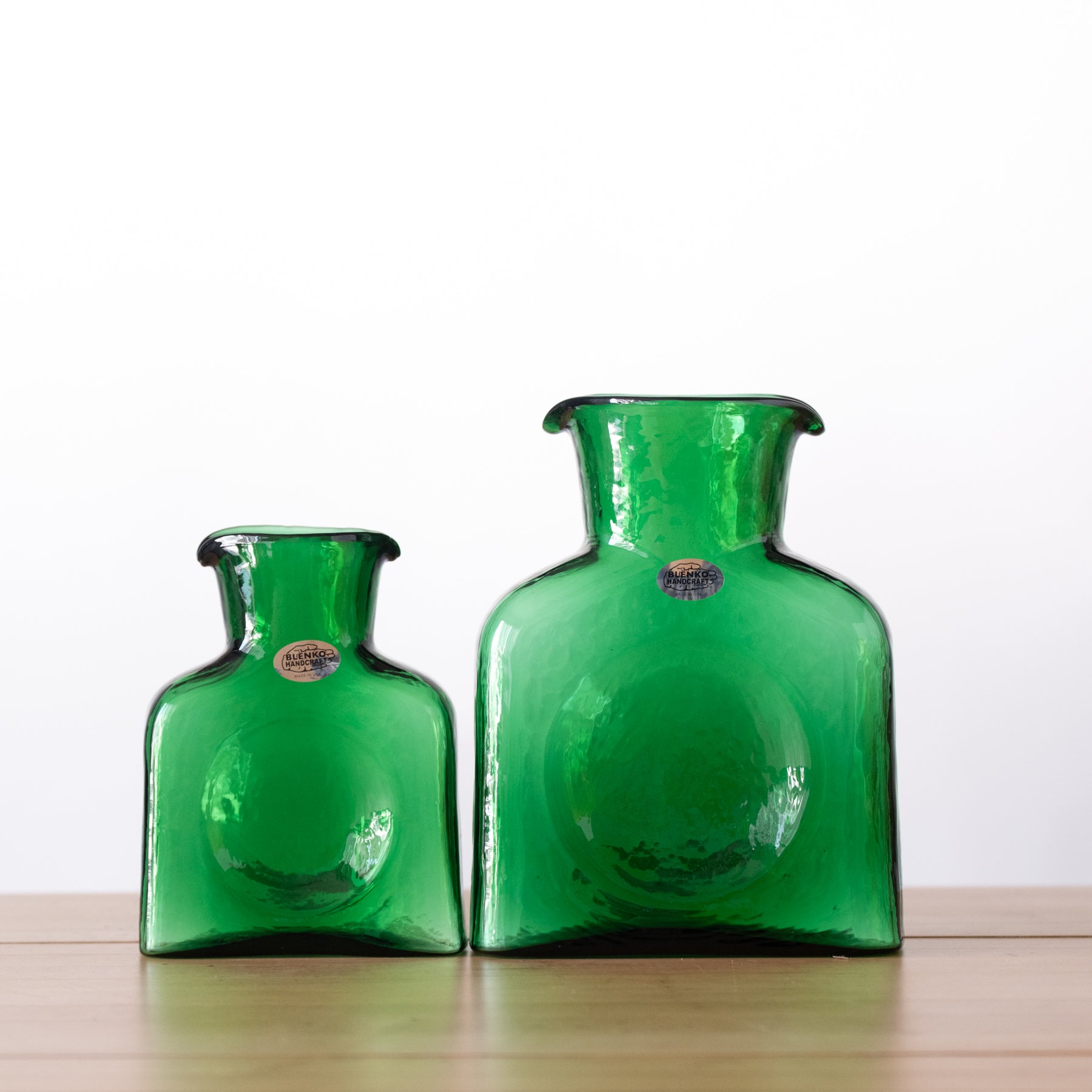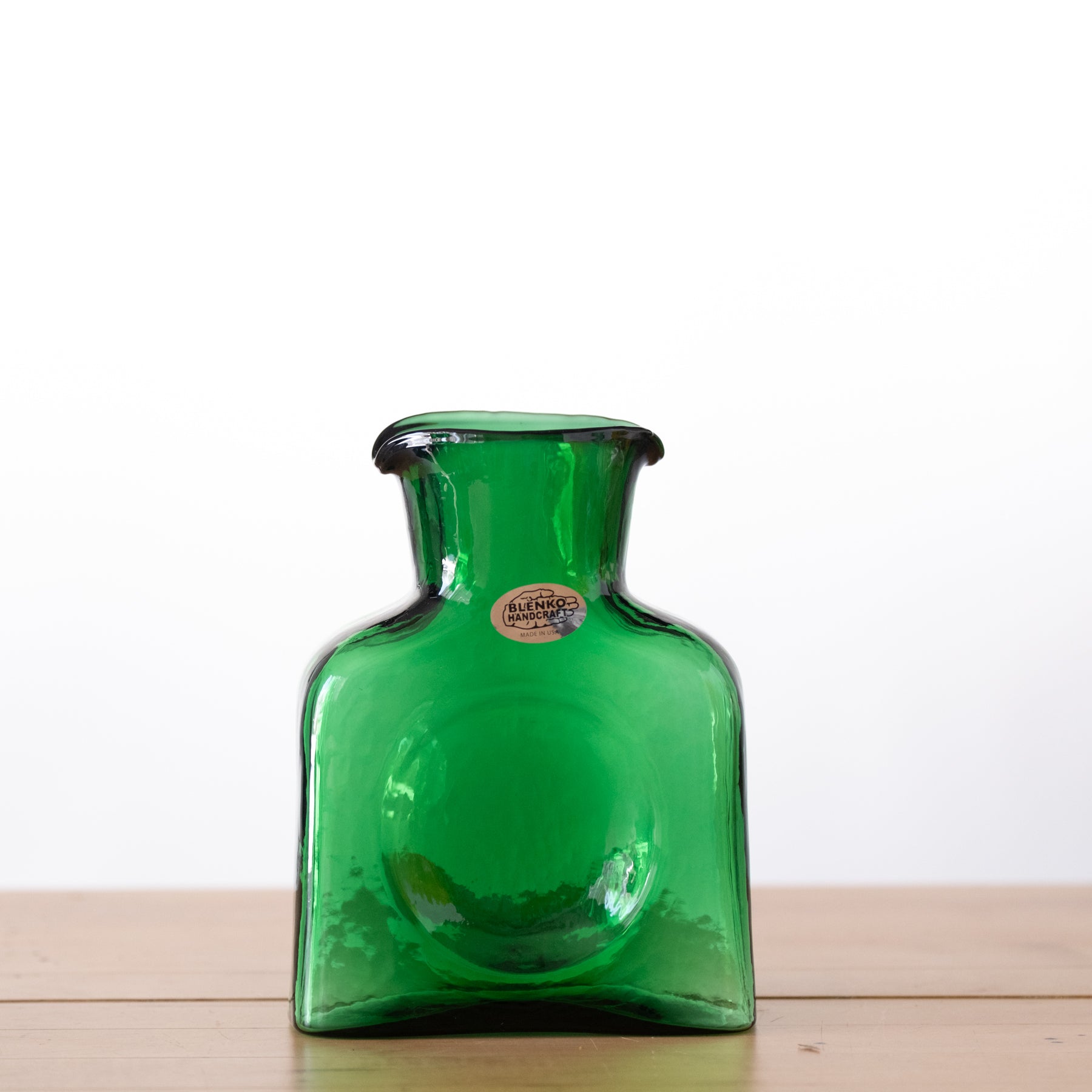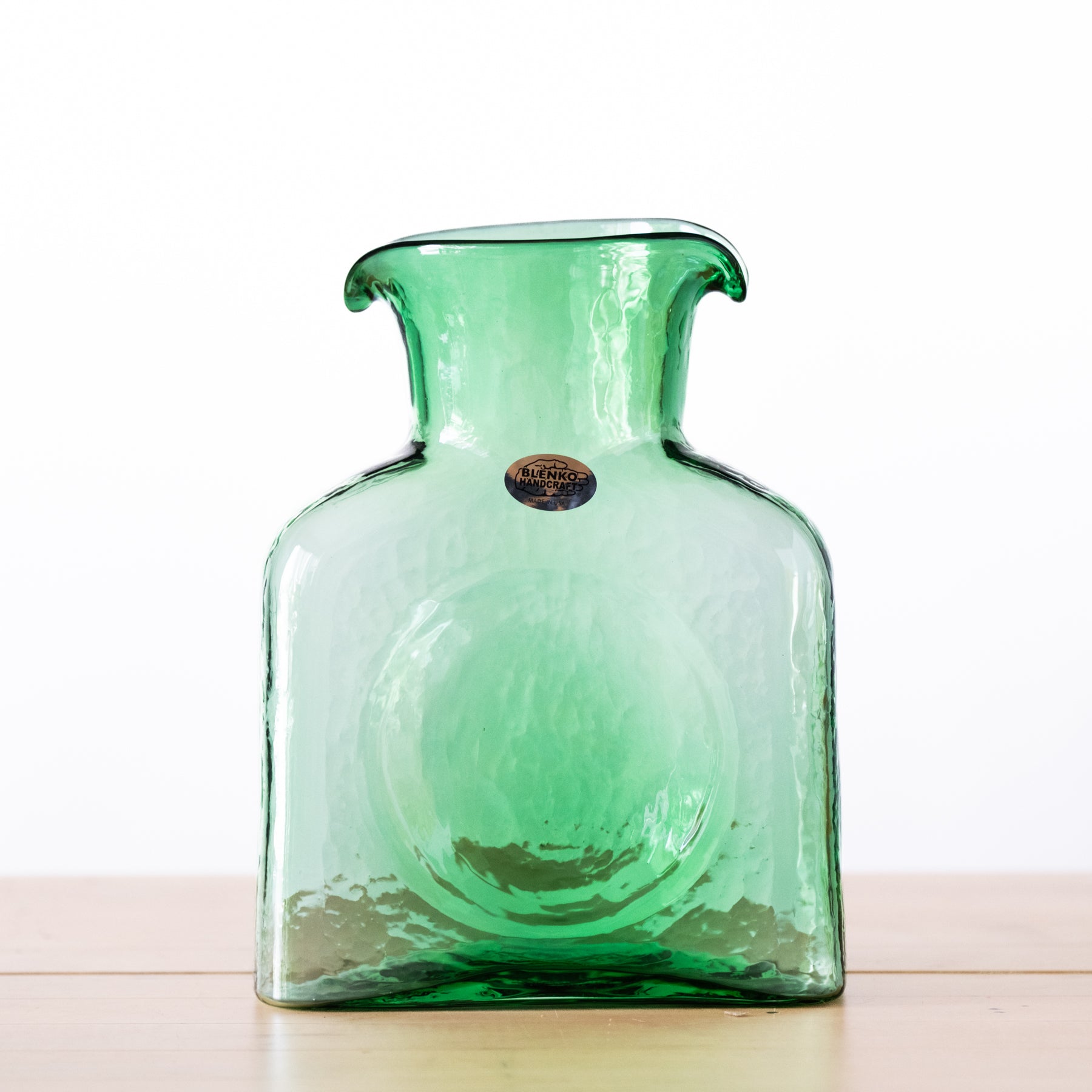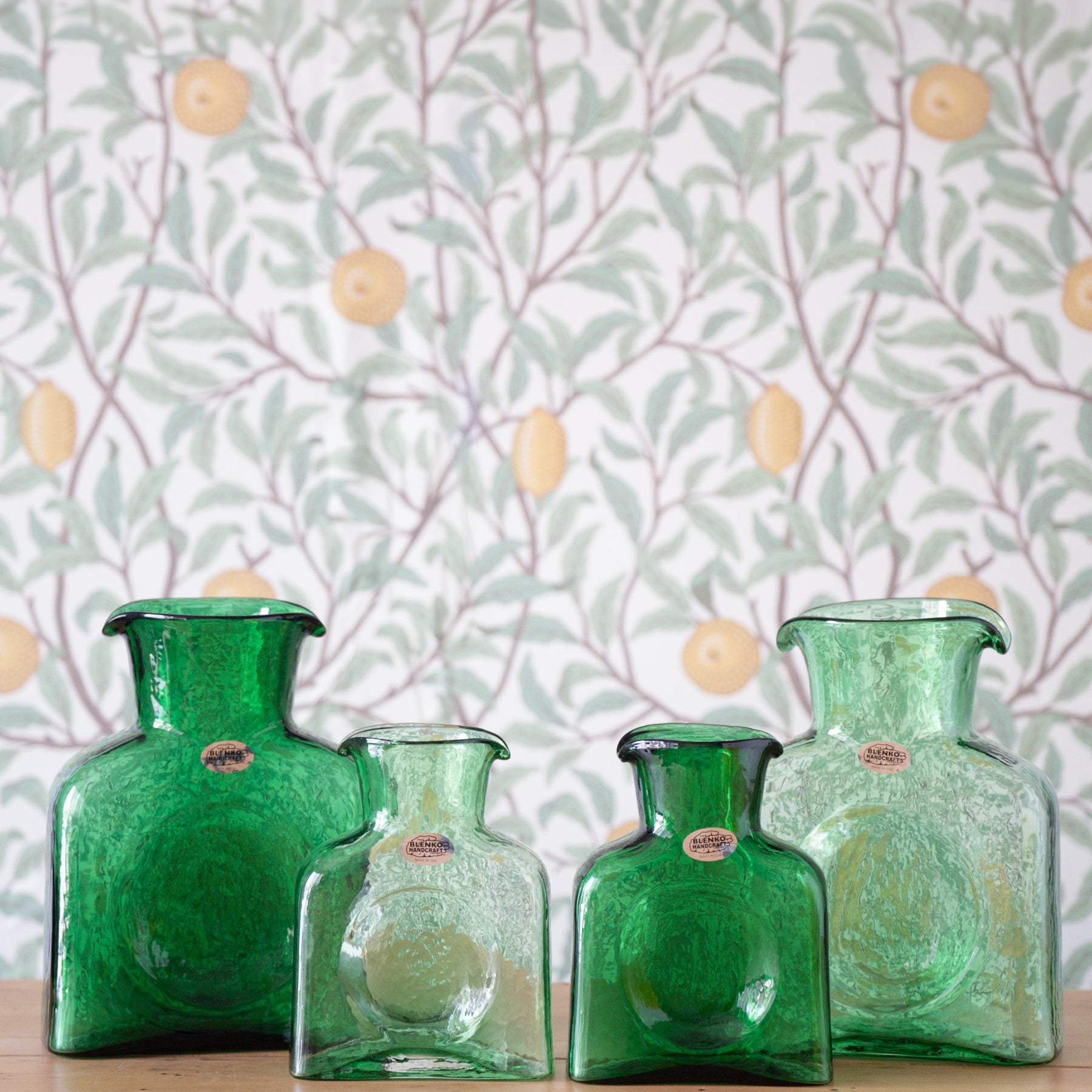
2021 Ectoplasm Pumpkins vs 2019 Vaseline Pumpkins
First, a little background on Uranium Glass (taken from Wikipedia)
Vaseline Glass (Uranium Glass)
Uranium glass is glass which has had uranium, usually in oxide diuranate form, added to a glass mix before melting for colouration. The proportion usually varies from trace levels to about two percent uranium by weight, although some 20th-century pieces were made with up to 25 percent uranium.
Having been first identified in 1789 by a German chemist, uranium was soon being added to decorative glass for its fluorescent effect. James Powell’s Whitefriars glass company in London, England was one of the first to market the glowing glass, but other manufacturers were also quick to realise its sales potential and Uranium glass was produced across Europe and later North America.
Uranium glass was once made into tableware and household items, but fell out of widespread use when the availability of uranium to most industries was sharply curtailed during the Cold War in the 1940s to 1990s. Most such objects are now considered antiques or retro-era collectibles, although there has been a minor revival in art glassware. Otherwise, modern uranium glass is now mainly limited to small objects like beads or marbles as scientific or decorative novelties. There are many groups who collect Uranium glass to this day.
The most common color of uranium glass is pale yellowish-green, which in the 1930s led to the nickname "Vaseline glass" based on a perceived resemblance to the appearance (which was a yellow-green color) of Vaseline brand petroleum jelly as formulated and commercially sold at that time. Specialized collectors still define Vaseline glass as transparent or semi-transparent uranium glass in this specific color.
Vaseline glass is sometimes used as a synonym for any uranium glass, especially in the United States, but this usage is frowned upon since Vaseline-brand petroleum jelly was only yellow, not other colors. The term is sometimes applied to other types of glass based on certain aspects of their superficial appearance in normal light, regardless of actual uranium content which requires a blacklight test to verify the characteristic green fluorescence.
Several other common subtypes of uranium glass have their own nicknames:
Custard Glass - (opaque or semiopaque pale yellow)
Jadite Glass (opaque or semi-opaque pale green; initially, the name was trademarked as "Jadite", although this is sometimes over-corrected in modern usage to "jadeite")
Depression Glass (transparent or semitransparent pale green)
Burmese Glass (opaque glass that shades from pink to yellow)
However, like "Vaseline", the terms "custard" and "jad(e)ite" are often applied on the basis of superficial appearance rather than uranium content. Similarly, "Depression glass" is also a general description for any piece of glassware manufactured during the Great Depression regardless of appearance or formula.
Blenko 2019 Vaseline Pumpkins
The 2019 Blenko Vaseline pumpkins were made by taking rods of uranium infused glass and chopping it into pieces, melting it to a softening point, then blowing it out and casing it with Crystal glass.

Blenko does not melt batches of uranium glass as it requires special permits to handle the chemicals necessary.
Now, a bit of background on glow-in-the-dark chemicals (taken from various sources)
Glow-in-the-Dark Glass
You see glow-in-the-dark stuff in all kinds of places, but it is most common in toys. Items such as bouncy balls, yo-yos, nightlights, and ceiling stars are a few items to note.
If you have ever seen any of these products, you know that they all have to be "charged". You hold them up to a light, and then take them to a dark place. In the dark they will glow for 10 minutes. Some of the newer glow-in-the-dark stuff will glow for several hours. Usually it is a soft green light, and it is not very bright. You need to be in nearly complete darkness to notice it.
All types of these glow-in-the-dark products contain phosphors. A phosphor is a substance that radiates visible light after being energized. The two places where we most commonly see phosphors are in TV screens, computer monitors, and in fluorescent lights. In a TV screen, an electron beam strikes the phosphor to energize it. In a fluorescent light, ultraviolet light energizes the phosphor. In both cases, what we see is visible light. A color TV screen actually contains thousands of tiny phosphor picture elements that emit three different colors (red, green and blue). In the case of a fluorescent light, there is normally a mixture of phosphors that together create light that looks white to us.
Chemists have created thousands of chemical substances that behave like phosphors. Phosphors have three characteristics:
The type of energy they require to be energized
The color of the visible light that they produce
The length of time that they glow after being energized (known as the persistence of the phosphor)
To make a glow-in-the-dark toy (or glass), what you want is a phosphor that is energized by normal light and that has a very long persistence. Two phosphors that have these properties are Zinc Sulfide and Strontium Aluminate. Strontium Aluminate is newer -- it's what you see in the "super" glow-in-the-dark toys. It has a much longer persistence than Zinc Sulfide does. The phosphor is mixed into a plastic and molded to make most glow-in-the-dark stuff.
Blenko 2021 “Ectoplasm” Pumpkins
In the case of the 2021 Blenko Ectoplasm Pumpkins, we use a mixture of those two chemicals.
We take a gather of Crystal glass and roll it in a chemical compound containing these different phosphors that react to light. From there, the gather is then cased in another layer of Crystal then blown into the desired shape.
So now that we understand some of the background science, the real difference between this year's pumpkins and the older pumpkins lies in the type of luminescence used.
Fluorescence vs Phosphorescence
Both fluorescence and phosphorescence are spontaneous emissions of electromagnetic radiation. The difference is that the glow of fluorescence stops right after the source of excitatory radiation (light) is switched off, whereas for phosphorescence, an afterglow with durations from fractions of a second up to hours can occur.
2019 Blenko Vaseline Pumpkins are fluorescent. Whenever the UV source is removed, the glow effect stops.
2021 Blenko “Ectoplasm” Pumpkins are phosphorescent. Whenever the UV source is removed, the glow effect will persist.


